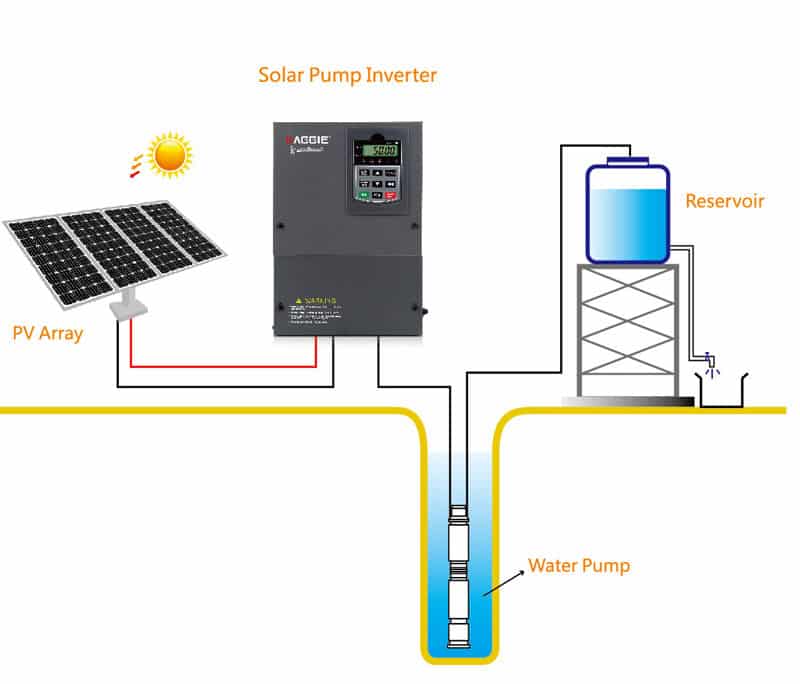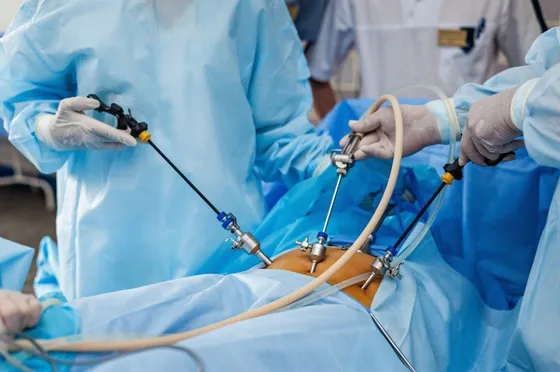
With the onset of solar VFD to use solar energy to power conventional 3-phase driven pumps, it has become critical to understand the ‘hidden’ considerations that are important when selecting the right components.
Let’s understand how the system works. Solar panels, producing DC power, are connected to a 3-phase pump via a solar VFD. Solar VFD typically has an MPPT tracking circuit, a DC /DC converter and a variable frequency drive to regulate the speed of the pump based on the maximum available power from the solar panels.
The VFDs output is a PWM sine wave output where the +ve maximum and -ve maximum voltages are chopped with varying widths to simulate a sine wave. This choppy waveform, albeit makes a good approximation of a 50Hz sine wave, also has disturbances or harmonic waves of higher frequencies. These harmonics can amount to 20%
or higher. The harmonics are directly responsible for motor inefficiencies and heat built-up resulting in premature failure of motors.
While these harmonics are generally tolerable in a normal setting. they tend to get tricky to handle as the system size becomes bigger and/or the length of the AC cables becomes longer.
All cables carrying alternating current experience series resistance, series inductance and capacitance – as shown in the picture. Due to these impedances, the harmonics voltage and current increase as the light of the cable increases. After certain distances, the harmonics amplify to an extent that they become difficult to control and will significantly affect the performance and life of motors.
It is therefore strongly advised to filter out such harmonics in solar pumping systems driven by VFDs. The output of such filters after VFD results in pure sine wave voltage and current waveforms with less than 3% harmonics.




